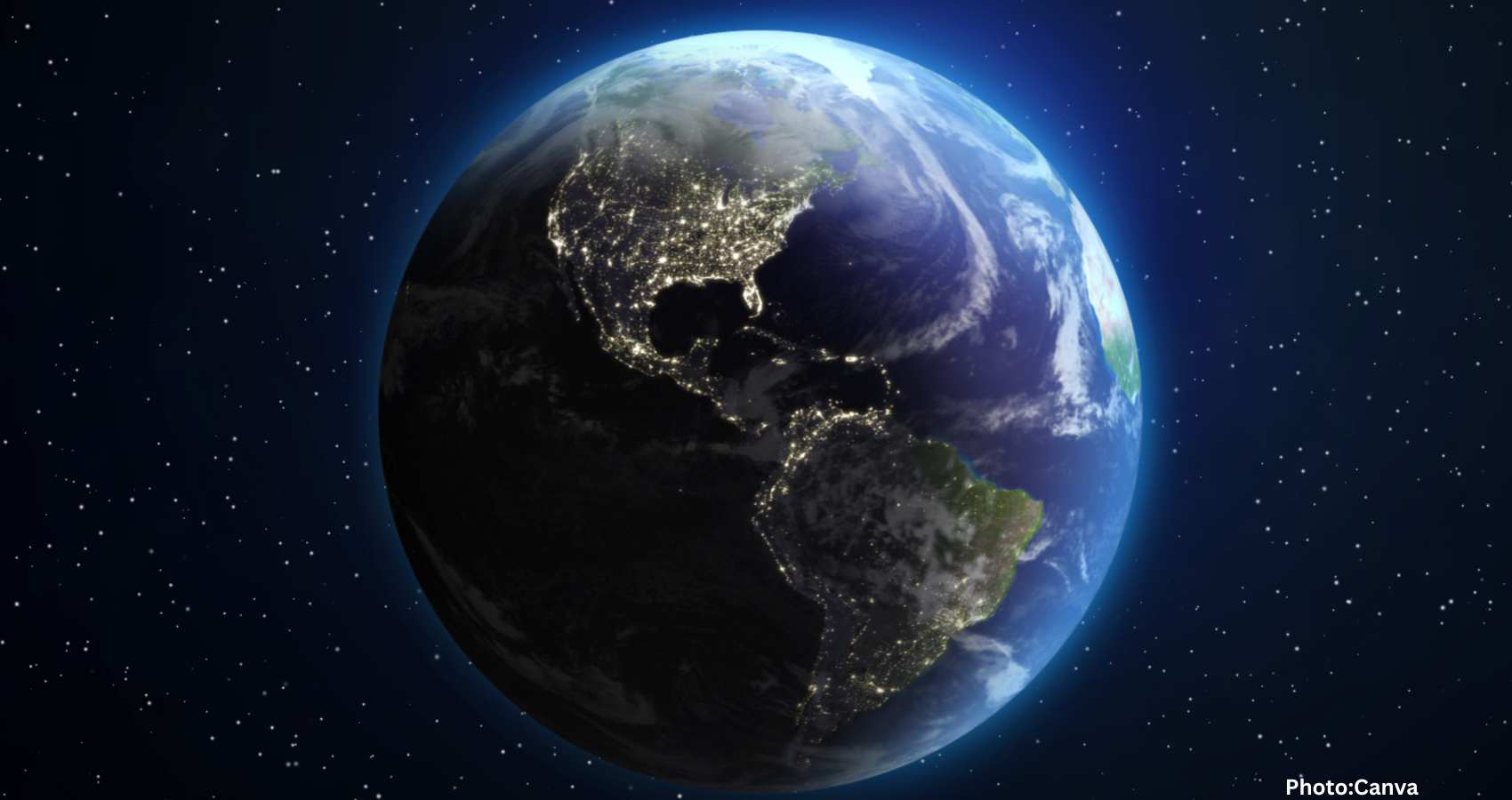On Tuesday, July 22, Earth will complete its rotation 1.34 milliseconds faster than usual, marking one of the shortest days in recorded history.
Earth’s rotation on July 22 will fall short of the standard 24-hour day by a mere 1.34 milliseconds. While this variance is too slight to be noticed in daily life, it forms part of a curious trend in Earth’s rotational dynamics that has emerged over the past few years. Some scientists suggest that, if this pattern persists, a negative leap second could become necessary around the year 2029—a correction unprecedented in atomic clockkeeping.
The planet’s rotation speed has never been constant. Historical data indicate that a day was much shorter in the distant past than the 86,400 seconds we are familiar with today. A 2023 study revealed that, for a significant period in Earth’s early history, each day lasted approximately 19 hours. This shift resulted from influences such as solar atmospheric tides and lunar ocean tides. Over extensive geological timescales, tidal friction from the moon has emerged as the primary factor gradually elongating Earth’s days. As the moon moves further away, it exerts less gravitational pull, effectively draining Earth’s rotational energy and slowing its spin rate.
Since the advent of the atomic clock in 1973, the shortest recorded day was just 1.05 milliseconds less than 24 hours, according to data from Timeanddate.com. Remarkably, since 2020, Earth has consistently set new records for rotational speed. Specifically, on July 5, 2024, Earth’s spin concluded 1.66 milliseconds sooner than typical, making it the shortest day documented thus far.
Current scientific forecasts for 2025 identified July 9, July 22, and August 5 as potential candidates for the year’s shortest days. Nonetheless, recent measurements now place July 10 in the lead, with a reduction of 1.36 milliseconds from the normal 24-hour period. On July 22, Earth’s rotation is anticipated to end 1.34 milliseconds early, clinching the position for the second-shortest day of the year in 2025. If existing trends persist, August 5 is expected to end roughly 1.25 milliseconds sooner than usual.
There is emerging evidence suggesting that this acceleration may be slowing. Preliminary observations indicate a deceleration in the rate at which day lengths are decreasing, but the root cause of the recent rotational modifications remains largely unknown. A 2024 study proposed that factors like polar ice melt and rising sea levels might be impacting Earth’s rotation by altering mass distribution. However, these factors may not be primary drivers of the acceleration. Another plausible explanation points toward influences deep within Earth: the deceleration of its liquid core could be redistributing angular momentum, causing the mantle and crust to spin slightly faster.
Leonid Zotov, an expert on Earth rotation from Moscow State University, commented on the mystery of this acceleration to Timeanddate.com. “Most scientists believe it is something inside the Earth. Ocean and atmospheric models don’t explain this huge acceleration.” Zotov also predicts that Earth’s rotation could slow again soon. If his prediction holds true, this quickening might merely represent a transient deviation in Earth’s long-term trajectory toward slower rotation and elongated days.

